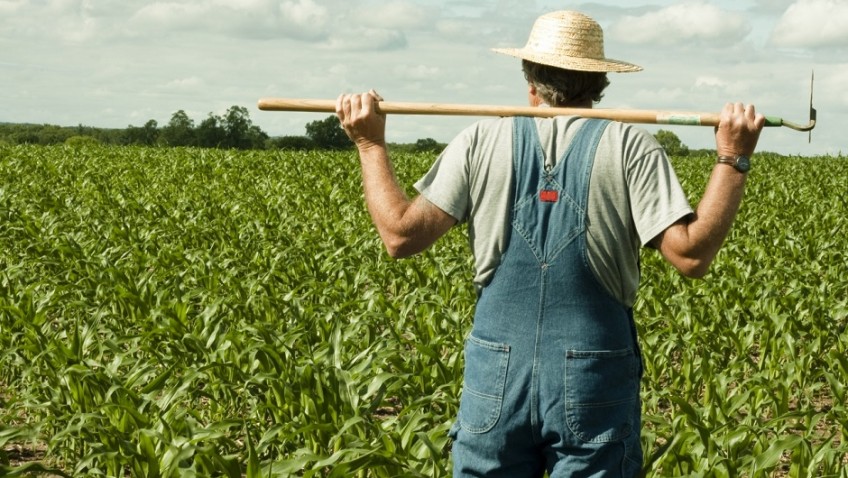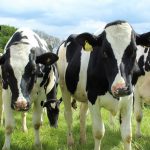A lifetime of strenuous outdoor exercise protects against suffering a broken hip in later life, research on farmers found.
Those who work the land had a 40 per cent lower risk of suffering the injury as they get older and scientists reckon it is all down to the baling hay and carrying feed they do.
The finding could have implications for public health due to an ever increasing ageing population.
Up to 75,000 hip fractures occur in the UK each year, with the annual cost about £2 billion.
They are more common in women due to the higher incidence of osteoporosis.
Hip fractures from falls are one of the most common reasons for elderly people to end up in hospital, and they can lead to serious complications, as well as compromising victims’ independence.
Dr Helena Johansson, of the University of Sheffield, said: “We need to be concerned about hip fractures as they are the most serious and disabling osteoporosis related fractures.
“Given the many, complex factors that affect fracture risk, it is not possible to pinpoint a single variable that is associated with lower hip fracture risk.
“However, these findings are interesting in they suggest a lifetime of outdoor, physical activity may be a positive factor when it comes to hip fracture risk.”
Her study of male Swedish farmers published in Osteoporosis International found they have a much lower risk of hip fracture, possibly due to their high levels of physical activity
Sweden is one of the few countries which tracks hip fractures through a national registry so it is possible to see how rates vary according to occupation, economic status, level of education and where patients live, such as in an urban or rural area.
Concentrating on farming, an occupation which is characterised by regular, long term outdoor physical activity, Dr Johansson and colleagues analysed all cases of men and women aged 40 years or between 1987 2002.
They found there were 100,083 individuals, 4,175 of whom were farmers.
For both men and women, the hip fracture risk rose with age, low income, low education, higher latitude and urban location.
The further north people live is linked with weaker bones because of a lack of Vitamin D from sunshine.
For male farmers the risk of a hip fracture was 14 per cent lower compared to other occupations, adjusted for age.
When also adjusted for rural status of residence, the risk reduction was still 15 per cent lower.
But when income, education and latitude were all taken into account the effect was even more marked , with a 39 percent lower risk.
For women, being a farmer was not associated with a significant difference in the risk of a broken hip.
by Mark Waghorn





